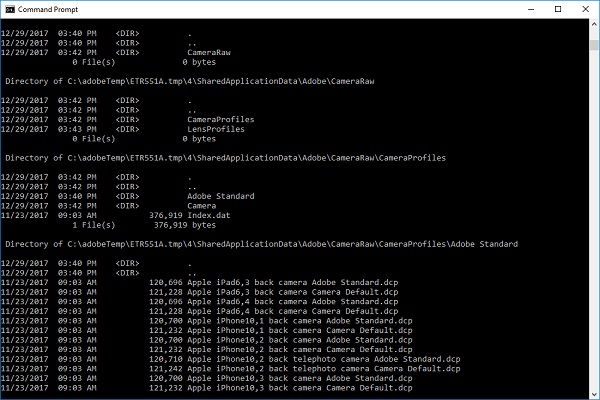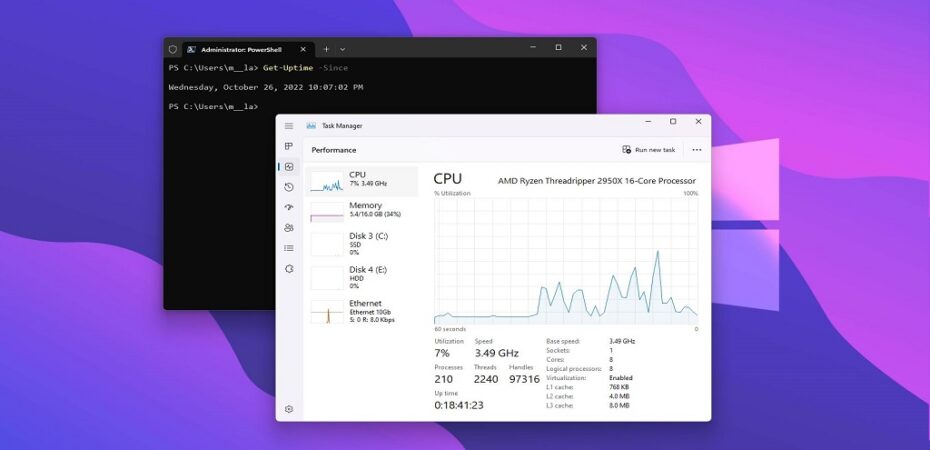In the ever-evolving landscape of technology, Windows 11 stands out as a sophisticated operating system, offering a seamless user experience. One crucial aspect of maintaining optimal performance is keeping track of your system’s uptime. In this article, we’ll explore four effective methods to check and reset Windows 11 uptime, ensuring your device operates at its peak efficiency.
Understanding Windows 11 Uptime
Before delving into the methods, let’s briefly understand what uptime signifies in the context of Windows 11. Uptime refers to the duration for which your computer has been continuously running without a restart. Monitoring this metric is essential as it provides insights into system stability and can help identify potential issues that might affect performance.
1. Using Task Manager
A straightforward way to check Windows 11 uptime is through the Task Manager. Press Ctrl + Shift + Esc to open Task Manager and navigate to the “Performance” tab. Here, you’ll find the uptime displayed under the “System” section. Resetting the uptime involves restarting your computer, which can be done by right-clicking on the Start button and selecting “Restart.”
2. Command Prompt Method

For a more detailed approach, you can use the Command Prompt. Open it with administrative privileges by right-clicking on the Start button and selecting “Command Prompt (Admin).” Type the command systeminfo and press Enter. Look for the “System Boot Time” entry to find the uptime. To reset, type shutdown /r /t 0 and press Enter to restart immediately.
3. PowerShell Script
PowerShell offers a powerful scripting interface for Windows. Create a simple script to display and reset uptime. Open PowerShell as an administrator and run the command Get-CimInstance Win32_OperatingSystem | Select-Object LastBootUpTime to check uptime. To reset, use the command Restart-Computer -Force.
4. Task Scheduler Automation
For a more hands-off approach, you can automate uptime checks and resets using Task Scheduler. Create a new task with triggers for regular uptime checks and resets. This ensures your system stays refreshed without manual intervention, enhancing overall performance.
FAQs (Frequently Asked Questions)
Q1: Why is monitoring Windows 11 uptime important?
A1: Monitoring uptime provides insights into system stability, helping identify potential issues that might affect performance. It allows for proactive troubleshooting and maintenance.
Q2: Can I check Windows 11 uptime without third-party tools?
A2: Absolutely. Windows provides built-in tools like Task Manager, Command Prompt, and PowerShell for checking and resetting uptime without the need for additional software.
Q3: How often should I reset Windows 11 uptime?
A3: The frequency depends on your usage patterns. Regular resets can help prevent performance degradation, but it’s not necessary daily. Consider scheduling resets weekly or bi-weekly.
Q4: Are there any risks associated with resetting uptime?
A4: Generally, no. Resetting uptime is a routine process and doesn’t pose risks to your system. However, ensure all unsaved work is saved before initiating a restart.
Conclusion
Maintaining a healthy Windows 11 system involves more than just routine updates; keeping track of uptime is a crucial aspect. By utilizing the methods mentioned above, you not only gain insights into your system’s performance but also ensure that any potential issues are promptly addressed. Whether you prefer the simplicity of Task Manager or the flexibility of PowerShell scripts, incorporating these practices into your routine will contribute to a smoother computing experience. Take the reins of your Windows 11 uptime, and let your system operate at its full potential.
Read also:

